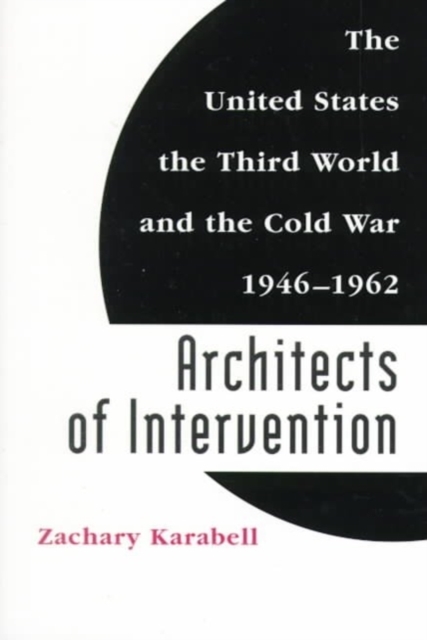
Architects of Intervention : The United States, the Third World, and the Cold War, 1946-1962 Paperback / softback
by Zachary Karabell
Part of the Eisenhower Center Studies on War and Peace series
Paperback / softback
Description
In telling the story of seven of the most significant U.S. interventions in the third world during the key cold-war years 1946-1962, Zachary Karabell reveals in Architects of Intervention a complex interplay between the American government and third-world actors in designing U.S. policy in their respective countries. Cold-war historians have tended to stress the decisions made in Washington (or alternately Moscow) and their effect on the third world, but Karabell, making use of recently declassified CIA documents, assigns a roughly equal role to third-world countries as architects both of their own histories and of the international system of the cold war.
Looking at U.S. interventions in Greece, Italy, Iran, Guatemala, Lebanon, Cuba, and Laos, Karabell offers a major new understanding of U.S. foreign relations history that bears significant implications for present-day policymaking.
Information
-
Out of Stock - We are unable to provide an estimated availability date for this product
- Format:Paperback / softback
- Pages:248 pages
- Publisher:Louisiana State University Press
- Publication Date:30/03/1999
- Category:
- ISBN:9780807123416
Information
-
Out of Stock - We are unable to provide an estimated availability date for this product
- Format:Paperback / softback
- Pages:248 pages
- Publisher:Louisiana State University Press
- Publication Date:30/03/1999
- Category:
- ISBN:9780807123416










